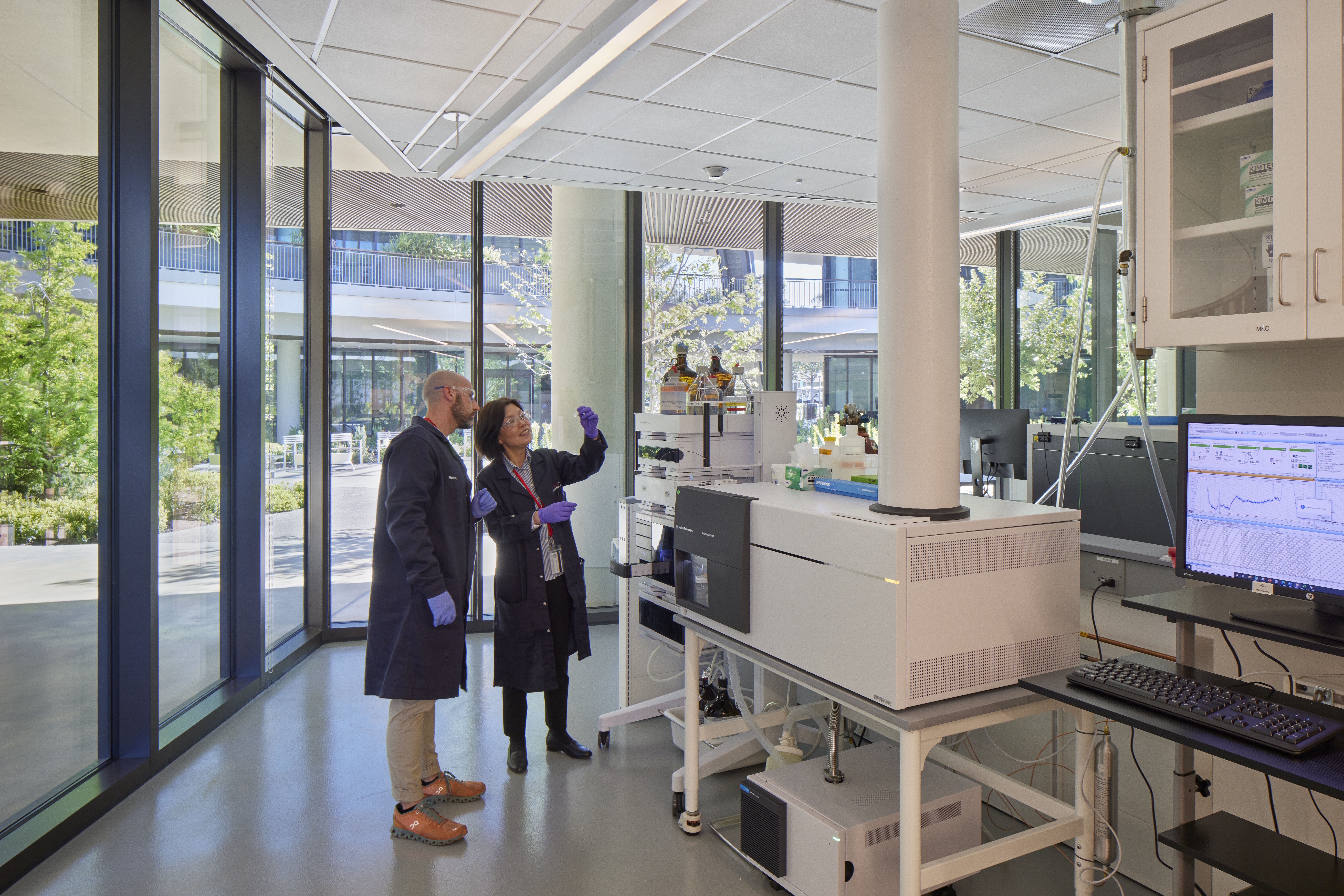
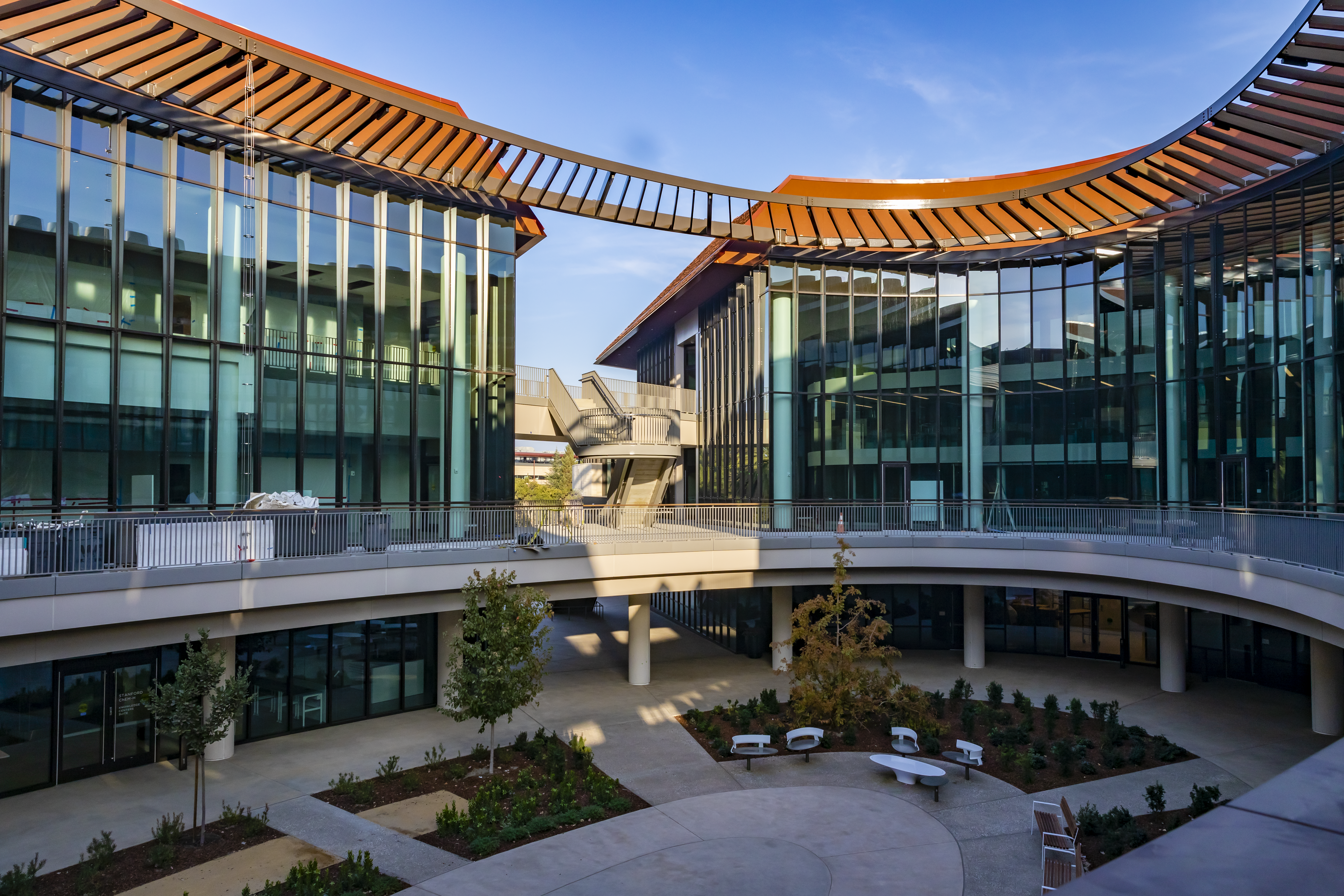
Stanford has 15 independent laboratories, centers, and institutes that provide a physical and intellectual intersection between schools and disciplines. These institutes, which are directed by the Vice Provost and Dean of Research, Dr. David Studdert, are in line with Stanford's longstanding tradition of crossing boundaries to tackle large problems, engaging faculty and their students in collaborations that range from international and economic studies to challenges facing the environment, energy, and health.

At Stanford, collaboration is a way of life. Our faculty routinely seek diverse partners on the path to discovery and innovation. This environment arose in part through the co-location of the schools of Humanities & Sciences, Engineering, Medicine, Earth Sciences, Business, Education, and Law on a campus whose walkable size encourages exploration. Weaving across the traditional schools are interdisciplinary institutes that span departments and focus disparate ways of thinking on common problems.
Our institutes, centers, and labs span school boundaries, providing a physical and intellectual intersection between disciplines where new ideas emerge and innovative research across the humanities and sciences can happen. These interdisciplinary institutes are in line with Stanford's longstanding tradition of crossing boundaries to tackle large problems, engaging faculty and their students in collaborations that range from international and economic studies to challenges facing the environment, energy, and health.
The independent institutes, centers, and laboratories are directed by the Vice Provost and Dean of Research, who is responsible for appointing the director and providing fiscal support.

Stanford’s hub for nonpartisan, interdisciplinary research, teaching, and policy impact in international affairs.

Advancing AI research, education, and policy to improve the human condition.

Stanford University’s home for understanding the economic challenges, opportunities, and policies affecting people in the United States and around the world.

CASBS @ Stanford brings together deep thinkers from diverse disciplines and communities to advance understanding of the full range of human beliefs, behaviors, interactions, and institutions.

Stanford Center on Longevity’s mission is to accelerate and implement scientific discoveries, technological advances, behavioral practices, and social norms so that century long lives are healthy and rewarding.
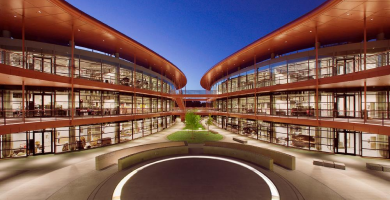
Bio-X is Stanford's pioneering interdisciplinary biosciences institute, bringing together biomedical and life science researchers, clinicians, engineers, physicists, and computational scientists to unlock the secrets of the human body.

Bridging chemistry, engineering, biology, and medicine to improve human health.
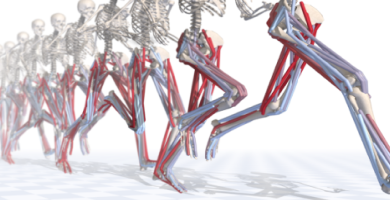
Discovering biological principles to optimize human performance and catalyze innovations in human health for all.

Dedicated to understanding how the brain gives rise to mental life and behavior in health and in disease.
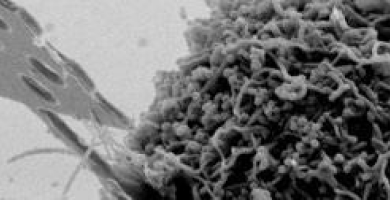
Creating breakthroughs and educating students at the interface between science and engineering.

Independent laboratory that supports and fosters interdisciplinary education and research on advanced materials in science and engineering.

As Stanford's first Independent Laboratory, provides facilities and administrative structure enabling faculty to do research that spans across the boundaries of a single department or school—for example: physics & engineering or physics & biology/medicine.
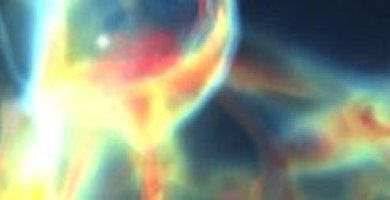
KIPAC was founded in 2003 to explore new fronts and challenges in astrophysics and cosmology.
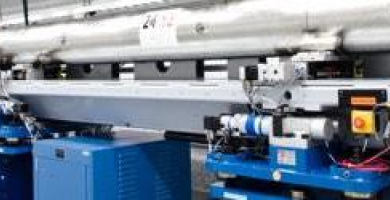
The mission of PULSE is to advance the frontiers of ultrafast science.

Our mission is to address grand challenges in the science of energy-related materials. We create knowledge, develop leaders, and seek solutions.
A shared facility, dedicated to research and teaching. The Center provides resources for researchers and students in cognitive and neurobiological sciences.
Our mission: enable data-driven discovery at scale and expand data science education — across Stanford and beyond.
Stanford Research Computing, a joint effort of the Dean of Research and University IT, comprises a world class team focused on delivering and supporting comprehensive programs that advance computational and data-intensive research across Stanford.
SNSF provides shared scientific instrumentation, laboratory facilities, and expert staff support to enable multidisciplinary research and educate tomorrow’s scientists and engineers.
Due to the essential information that mass spectrometry provides to researchers in the fields of the physical and life sciences, medicine, and engineering, the laboratory serves as an “intellectual watering hole” at the crossroads of diverse disciplines.